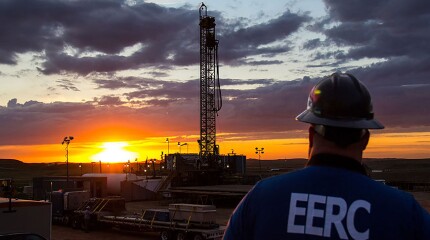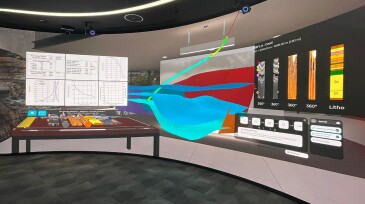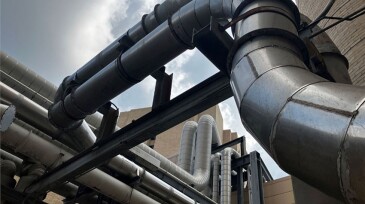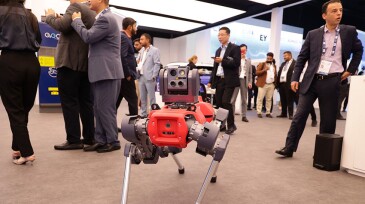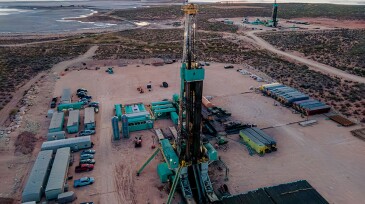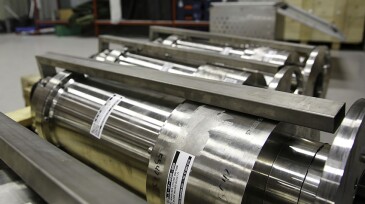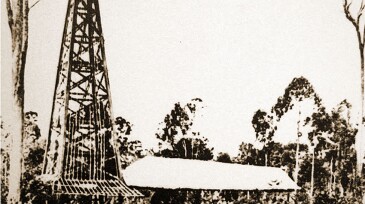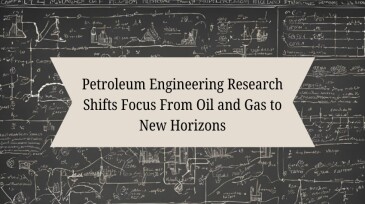Monthly Features
-
Data and impartial viewpoints can help de-risk exploration portfolios and keep resource estimates in check.
-
A new tubing-conveyed tool combines wellbore cleanout with multi-tracer deployment for production diagnostics and reservoir monitoring.
-
Technology developers expect the tight-oil industry to give lightweight proppants another look after the Permian Basin’s biggest operator becomes an adopter.
-
Alaskan oil is entering a renaissance driven by a predicted 13% upswing in 2026 production, the largest since the 1980s, and a possible reboot of LNG exports to Asia from the Kenai Peninsula, supplied via pipeline from the North Slope.
-
Operators from across the region met in Muscat to share how lessons from pilot programs are shaping cost, scale, and technology priorities across the region.
-
EERC CEO Charles Gorecki outlines how applied research in North Dakota is helping improve oil recovery, reduce emissions, and advance carbon storage.
-
Virtual reality and related visualization technologies are helping reshape how the industry views 3D data, makes decisions, and trains personnel.
-
Hot rock is found worldwide, but the methods used to generate energy from it vary.
-
More than 40 years since its discovery, a hot and stubborn gas reservoir offshore Abu Dhabi has been tamed.
-
As we turn the page on our 75th anniversary, JPT’s recent visit to the UAE offers a front-row seat of what some of the industry’s biggest players see coming.
-
At SPE’s Permian Basin Energy Conference, operators shared behind-the-scenes details on innovations such as drilling horseshoe wells and trimulfrac completions along with in-basin challenges such as handling produced water.
-
Low flow rates presented a challenge in handling solids from a jetting operation before reinjection. A new cyclone was designed, tested, and installed in just 4 months to manage the suboptimal conditions.
-
JPT's Technology Focus showcases synopses of 144 SPE conference papers selected by the JPT Editorial Review Board across key specialty areas—your gateway to this year's top innovations. All topics are listed with their respective reviewers.
-
The birthplace of Royal Dutch Shell, Indonesia and Malaysia, buck trends and grow their gas and oil industries, expecting a record number of final investment decisions in the next 4 years in gas, deep water, and carbon capture projects to support Southeast Asia’s booming economic growth.
-
Undergraduate education in petroleum engineering has survived the latest downturn in the industry, and enrollment has started to show an uptick in numbers. However, a different trend is evident in graduate training and academic research: the number of researchers being trained in oil and gas topics is drastically dropping.
-
This case study outlines a methodology to optimize and control hydraulic fracturing parameters by achieving 100% cluster efficiency and overcoming formation leak-off.
Explore Content by Discipline
Power Up With JPT Newsletters
JPT Newsletter (Weekly).
All the top stories, trends, and tech.
JPT Unconventional Insights (Monthly).
Fresh takes on shale and tight oil.
Get JPT articles in your LinkedIn feed and stay current with oil and gas news and technology.






